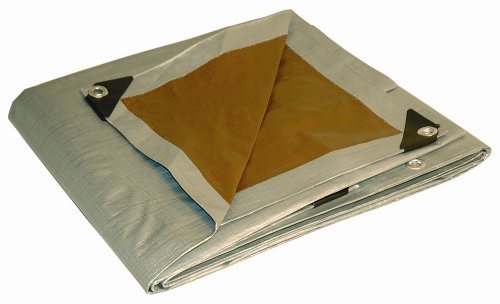Ball Pit Materials
Building a ball pit is not a difficult task provided you plan out all of the materials you will need beforehand. At a bare minimum, you will need three things:- A structure
- A material that holds the balls in the structure
- Ball pit balls
Ball Pit Structure (hint: Use PVC pipe)
The first step in building a ball pit is determining what type of structure you want. There are three commonly used structures when building a ball pit.- a wood enclosure with padding on the inside.
- an inflatable kiddie pool
- a pvc pipe structure
What diameter of PCV pipe should I buy for a ball pit?
In terms of the size the pipe, 1-inch PVC pipe is generally considered the best size. While it is light and inexpensive, it is also extremely sturdy, even if you don't use any cross-section stabilization. Fittings for one inch PVC pipe are also widely available which will help lower cost.
A note on PVC pipe fittings
Fittings (aka PVC pipe connectors) are the connecting pieces that hold PVC together. In building a ball pit, there are three appropriate fittings:| Corner | T-Shaped | Cross |
 |
 |
 |
Once you've got the general idea for what shape you want, the next step is determining what type of material you want to hold the balls.
The containing material
The next step is deciding what type of material you want to use to hold the balls. The most common options are:
- A tarp (like that you'd put under a tent to keep dry when camping)
- Fabric from a fabric store (stitched together)
- Tyvek wrap (the wrap they put on the outside of houses under construction)
- Mesh netting (specifically tenax fencing)
Mesh netting comes in second place, though it's more fragile, and we're looking for a ball pit that can stand heavy use by adults. The downside of using fabric from a fabric store is that you have to stitch it together yourself, and it can split fairly easily. The upside is that you can find some really horribly designed fabrics for dirt cheap.

What Size Tarp should I buy for a ball pit?
The main concern is that the tarp is big enough to comfortably fit against the inner walls of the ball pit without being tight. If the tarp is too small, it will tighten under the weight of the balls, and will be more likely to rip. For a 4.5x5.5x2.5 foot ballpit, a 12'x 16' tarp was perfect. Specifically, it had extra slack that could be pulled over the top of the PVC frame, and then twist tied to the bottom corners of the frame.The Ball Pit balls
The single most expensive and critical thing about building a ball pit is your balls. This is why we've dedicated an entire page to them.